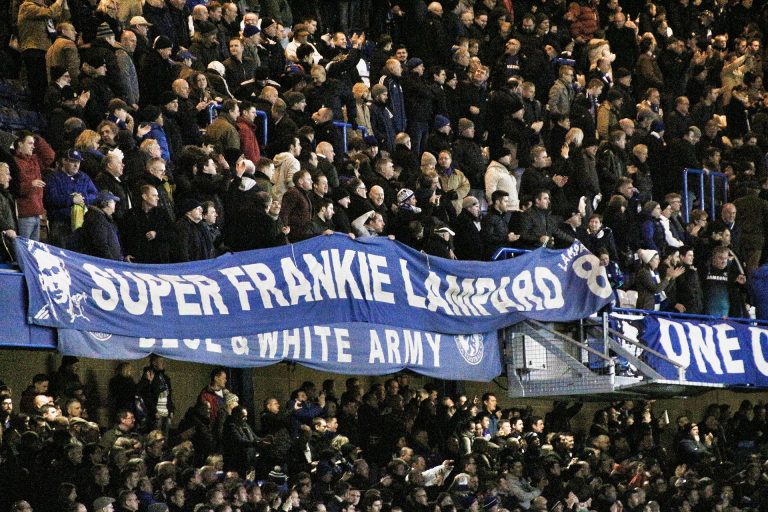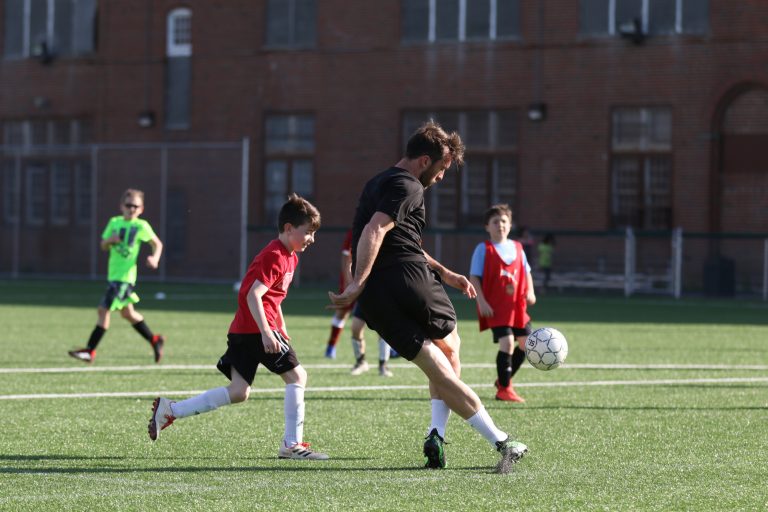Blame is the name of the game.
Such is the current state of affairs at one of English football’s most sacred sites: Anfield. Liverpool Football Club’s season has gotten off to a conspicuous start; of that there’s no doubt— the worst start to a league campaign since 1953, to be exact— but whose fault it is depends greatly on who you’re talking to.
And after Aaron Lennon’s late winner for Tottenham on Sunday, there can be little doubt the blame will merely remain.
First-year head coach Roy Hodgson has shouldered much of the scrutiny as of yet, rightly or wrongly. He’s in-turn bypassed that on to some of his players—right back Glen Johnson most recently— as well as his predecessor, former manager Rafael Benitez.
The Spaniard— who led the Reds to two Champions League finals with the club, winning one— in turn blamed now departed but forever detested George Gillette and Tom Hicks; the infamous, former owners whose leveraged purchase of Liverpool saddled the club with so much debt it degenerated in the space of a few years.
So whose fault is it really?
The answer is at neither extreme— Roy Hodgson, for example, hasn’t done so bad he needs to be sacked without second thought; nor has he done well enough to prove he’s the Reds new long-term leader— but is more of a mixed bag.
When Hodgson first inherited the club back in the summer, he was stepping up (from Fulham) to a job that featured a higher set of expectations but nonetheless one with a team in a state of decline. Defensive midfield maestro Javier Mascherano’s departure was a major blow for the new manager as the Argentine had been— along with Xabi Alonso— the fulcrum of the team’s shape for years. Also, Liverpool had been in desperate need of another striker for years but apparently couldn’t furnish the funds to purchase one.
So not everything has been his fault, but some things have. For one, it took Hodgson too long to adapt to the increased everything at Anfield. It’s not just the expectations of his tactical performances that were expected to rise but also the purchasing of his players. Downgrade radars went absolutely haywire when former Fulham left/center back Paul Konchesky was named as a potential replacement for the unwanted Emiliano Insua late this summer.
Konchesky— the 29-year old Englishman— had served the majority of his career as a solid but never spectacular player in mid-table teams in the EPL where mistakes were less magnified. And, while not having done an unforgiveable job yet, thus far in his tenure at Anfield he’s been less on the impress.
Indeed it was Konchesky who got burnt for pace by Aaron Lennon in the waning moments of Sunday’s match to hand Spurs the 2-1 victory. The play— which came as a result of him not giving proper enough respect and space to Lennon’s clearly superior speed— underscored the increased pressure on the former Fulham man to raise his game; he admitted as much himself in an interview afterwards.
So, on the defensive end, Konchesky has been responsible for goals as his predecessor, Emiliano Insua, was so often last season. But the argument for Insua was always that his attacking strengths were already so strong for a young player that he deserved time at the role to mature into his defensive duties. Let’s compare how the two matched up in terms of passes made (including crosses) in their away matches against Tottenham from the past two season’s respectively.
As we can see, Emiliano Insua had three clear cut crosses from a parallel position to the 18-yard box in last year’s corresponding fixture (16.08.2009) while Konchesky, in this year’s (28.11.2010), had only one successful pass into the box in general and that was from a much deeper– and thus, usually less dangerous– position.
If the two are roundabout as potentially liable defensively as the other, Insua’s offensive expansiveness is certainly superior. Thus, the move appears to be an apparent downgrade by Hodgson.
Blaming Hodgson is justified.
But what hasn’t been the old-habits-die-hard styled-manager’s fault? Perhaps most notable is the lack of a similar-caliber striker for Torres to tandem with. Benitez’s highly publicized, highly scrutinized purchase of eventual-flop Robbie Keane was perhaps a symbolic beginning of the club’s decline as the team has been devoid of even a hint of a purchase of a world-class striker since then.
Blaming Rafa is justified.
This was also around the time Benitez’s coffers began getting cut in half; and this, as we all know, was the result of the owner’s at the time sucking the club of its most profitable asset: its team, and the manager’s ability to nurture and sustain it.
Blaming the former owners is justified.
Liverpool’s descent didn’t start with any one definitive act, and if an insta-fix was available, it would have already been applied. But those associated with the club— from fans to the front office— should be wholly positive moving forward, looking to work with everyone involved in unison to return the team to its former standing as one of the top teams in England.
At this rate, it’s a decent bet to say Hodgson may be staying until season’s end, so as goalkeeper Pepe Reina said, perhaps its due time the fans get behind the manager, because negativity cannot produce positivity.
United they stand; divided they fall.






1 thought on “Whose fault is it anyway? A look into Liverpool’s lapses and lackings”
Comments are closed.